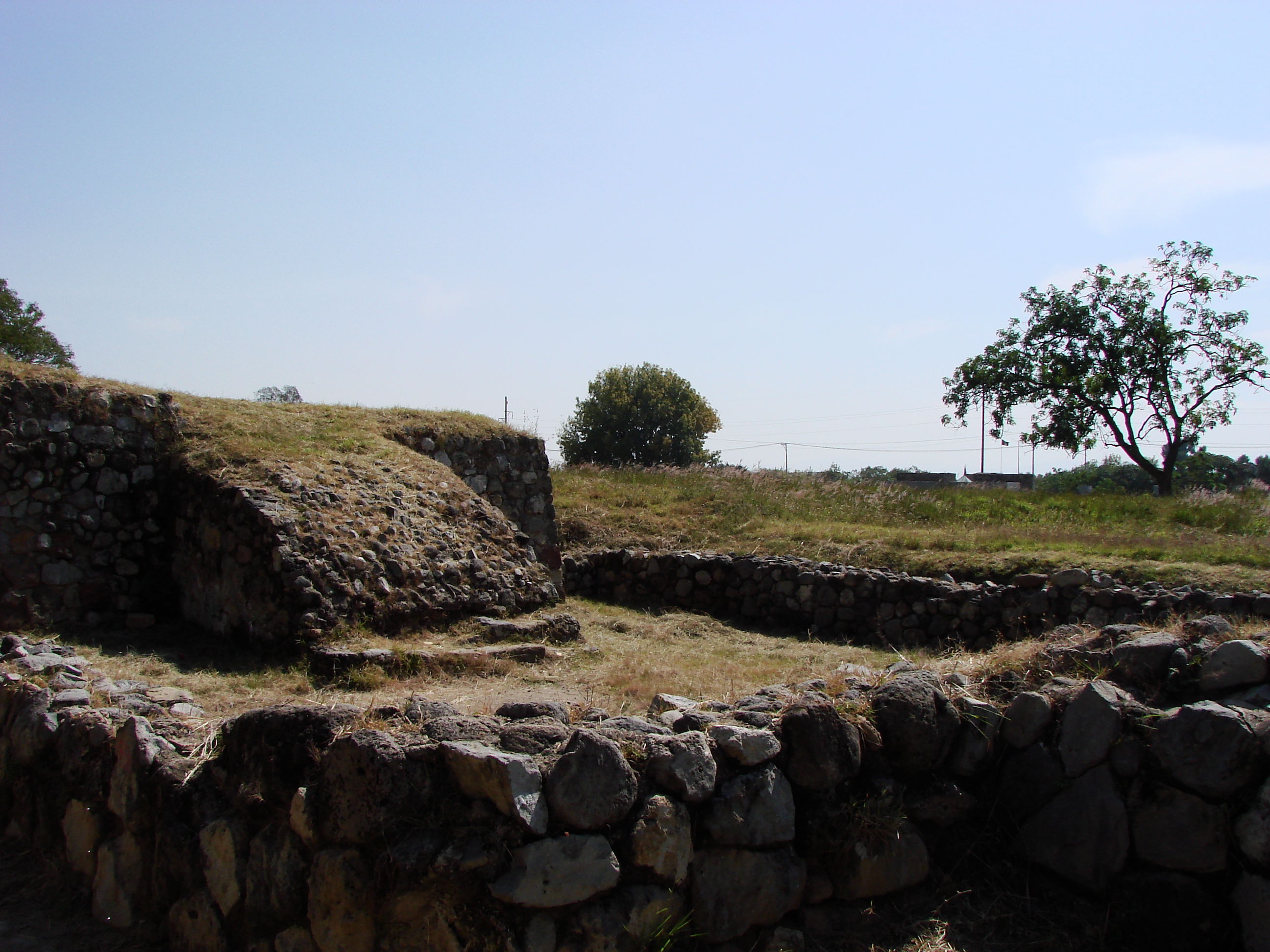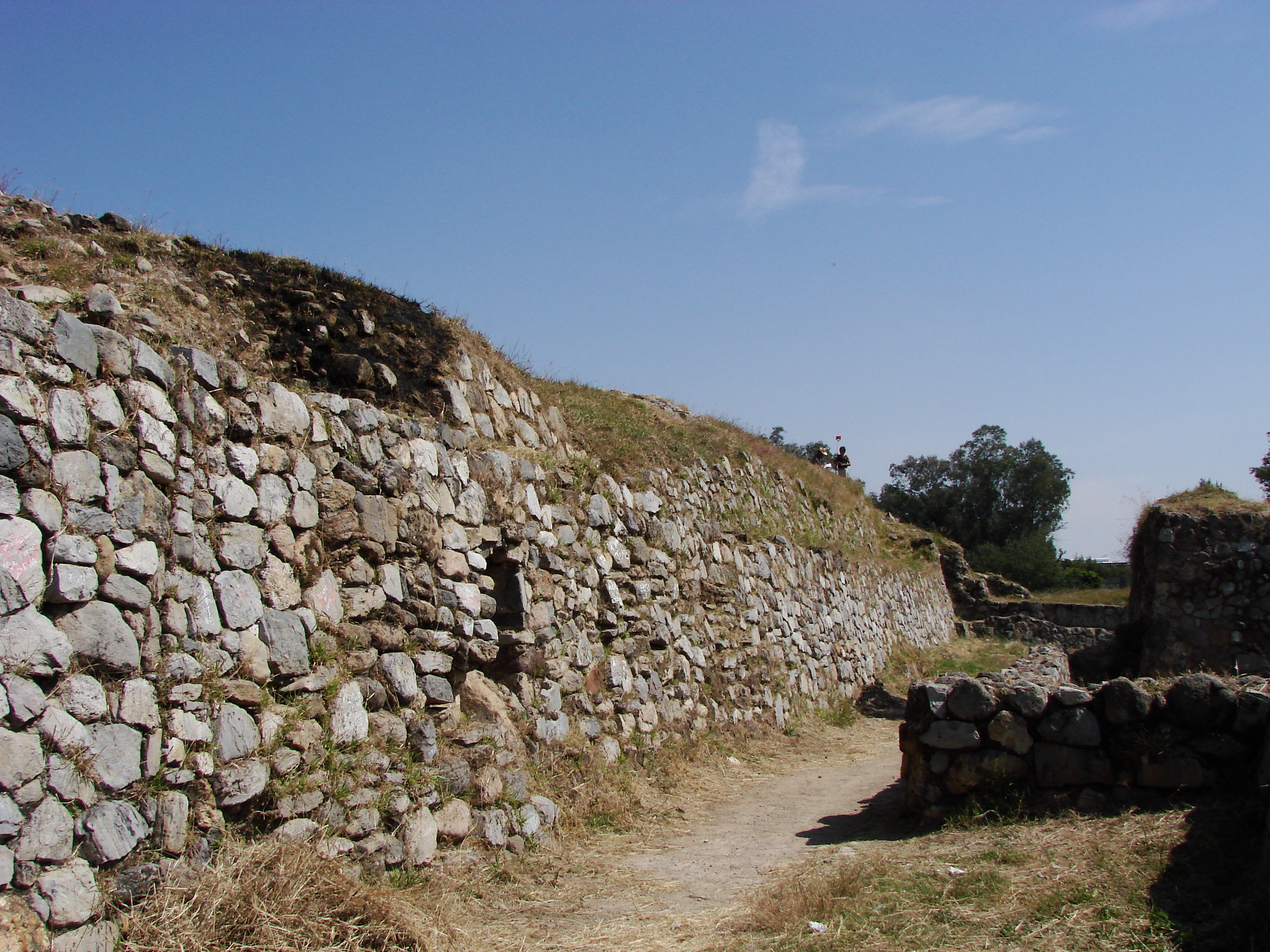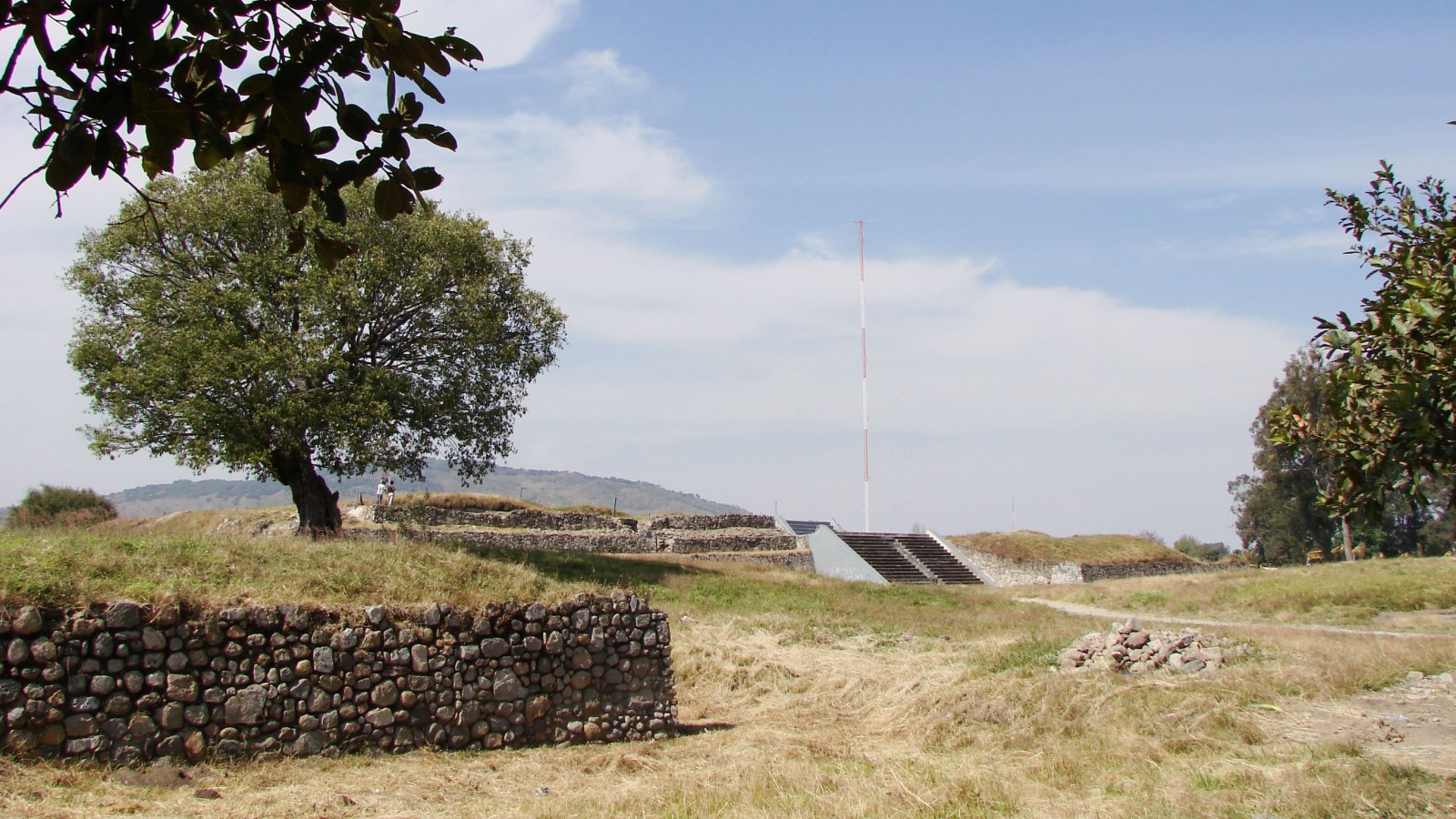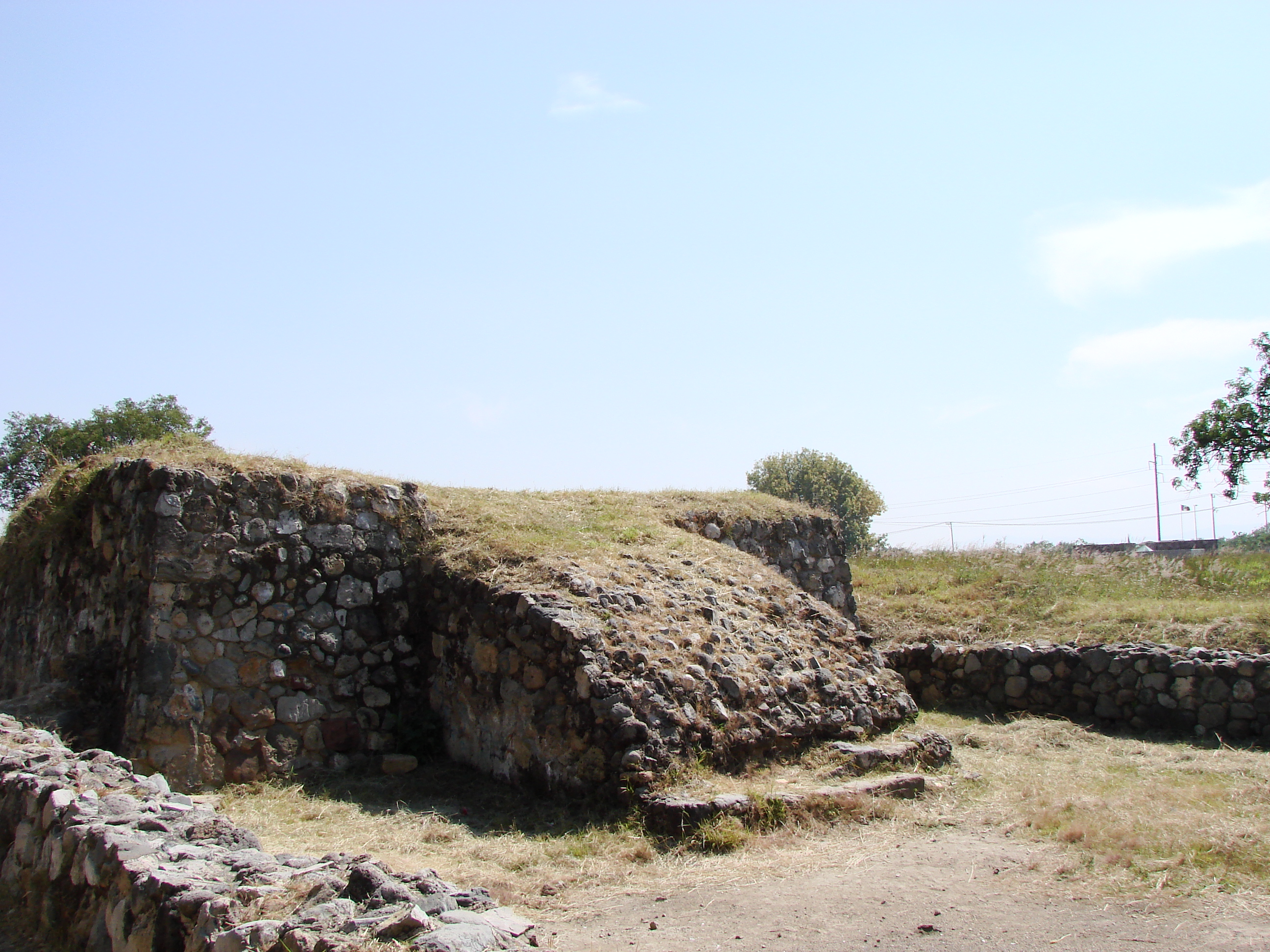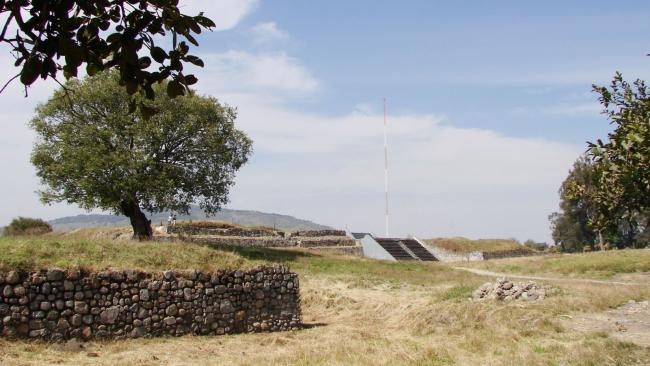Visit us
Ixtépete
Opening hours
Tuesday to Sunday from 10:00 to 17:00 h
Fee
Sin costo
Adress
Prolongación Av. Mariano Otero, s/n, Zapopan, Zapopan, Jalisco.
Access
From downtown Guadalajara the site can be reached on bus route 626.
Services

Important
- No smoking
- No entry with food
- Pets not allowed

